November 2020
Preschoolers Are Writers: Why We Should and How We Can Engage Preschoolers in Emergent Writing
November 16, 2020
After I transitioned from my role as a classroom teacher into the world of academia, I spent many days observing and writing alongside four- and five-year-old preschoolers during play-based center time. At center time, children moved freely throughout the room and chose whether or not to join a center. When children chose to participate at the writing center, an assortment of paper and writing instruments were available for composing their messages. I would sit at the table and start talking with children. I would share stories about my life and the children would talk about their lives. Then, I would say something like, “You know what? I think that is a really great story. You should write that down!”
There is a pervasive myth that preschoolers are not capable of writing. This is not true! Preschoolers are entirely capable of writing their own messages. In fact, they are capable of composing their own messages prior to formal reading instruction.
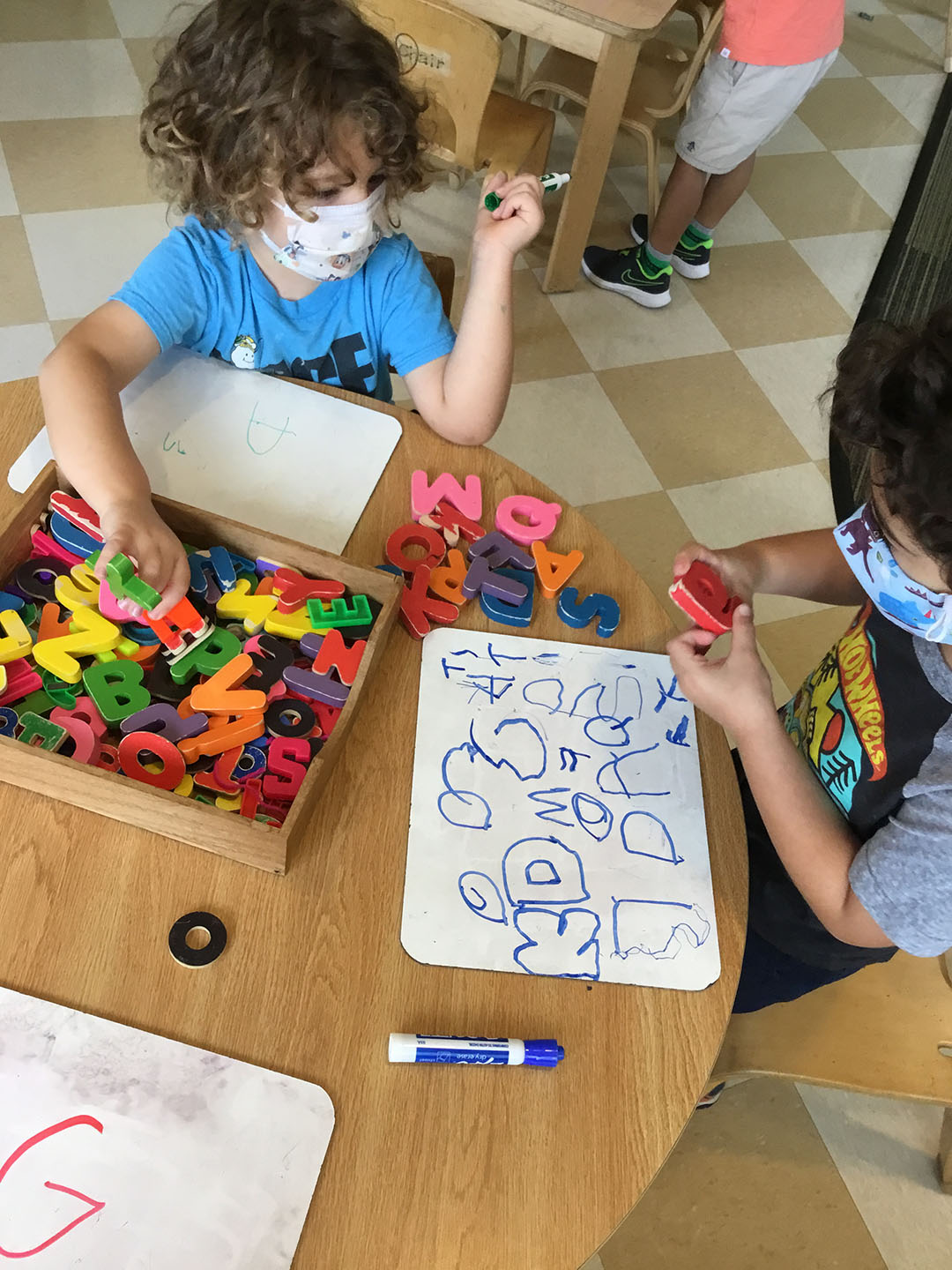
Photo courtesy of the LSU Early Childhood Education Laboratory Preschool
There is a pervasive myth that preschoolers are not capable of writing. This is not true! Preschoolers are entirely capable of writing their own messages. In fact, they are capable of composing their own messages prior to formal reading instruction.
From infancy, children have observed everything around them. They have watched us write. They have watched our pens moving across pages. They have seen the marks left by those pens. They have listened as we have read our writing aloud. These early observations develop important understandings about writing that children carry with them as they enter school.
In preschool, children continue developing the fine motor skills that are necessary to form conventional letters. They also practice making connections between spoken sounds and alphabet letters. Thus, when they record messages by making marks on the page, their emergent writing may include drawings, scribbles, wavy lines, letter-like forms, strings of letters, phonetic spellings, or recognizable words. When children spell phonetically, they match the sounds in spoken words to letters. They may write the beginning and/or ending sound(s) to represent an entire word.
Emergent Literacy
Emergent literacy precedes conventional forms of reading and writing. For example, from an emergent literacy perspective, when a child makes wavy lines on a paper and then points to the lines and says, “my puppy”, they have written a message. When the child makes marks and then reads those marks, the child demonstrates an understanding that print carries meaning. The child understands that writing is used for communication. While the child’s marks may be unconventional, from an emergent literacy perspective, the child is writing.
When the child makes marks and then reads those marks, the child demonstrates an understanding that print carries meaning...while the child’s marks may be unconventional, from an emergent literacy perspective, the child is writing.
An emergent view of writing acknowledges that children have diverse experiences and understandings about print. In preschool, if writing instruction only includes handwriting exercises or practice copying alphabet letters, then children may view writing as merely a letter formation activity. If the teacher is the only one holding the pen to record children’s spoken messages, then children may think they are not able to write yet. Preschoolers need to be provided with daily opportunities to write their own messages.

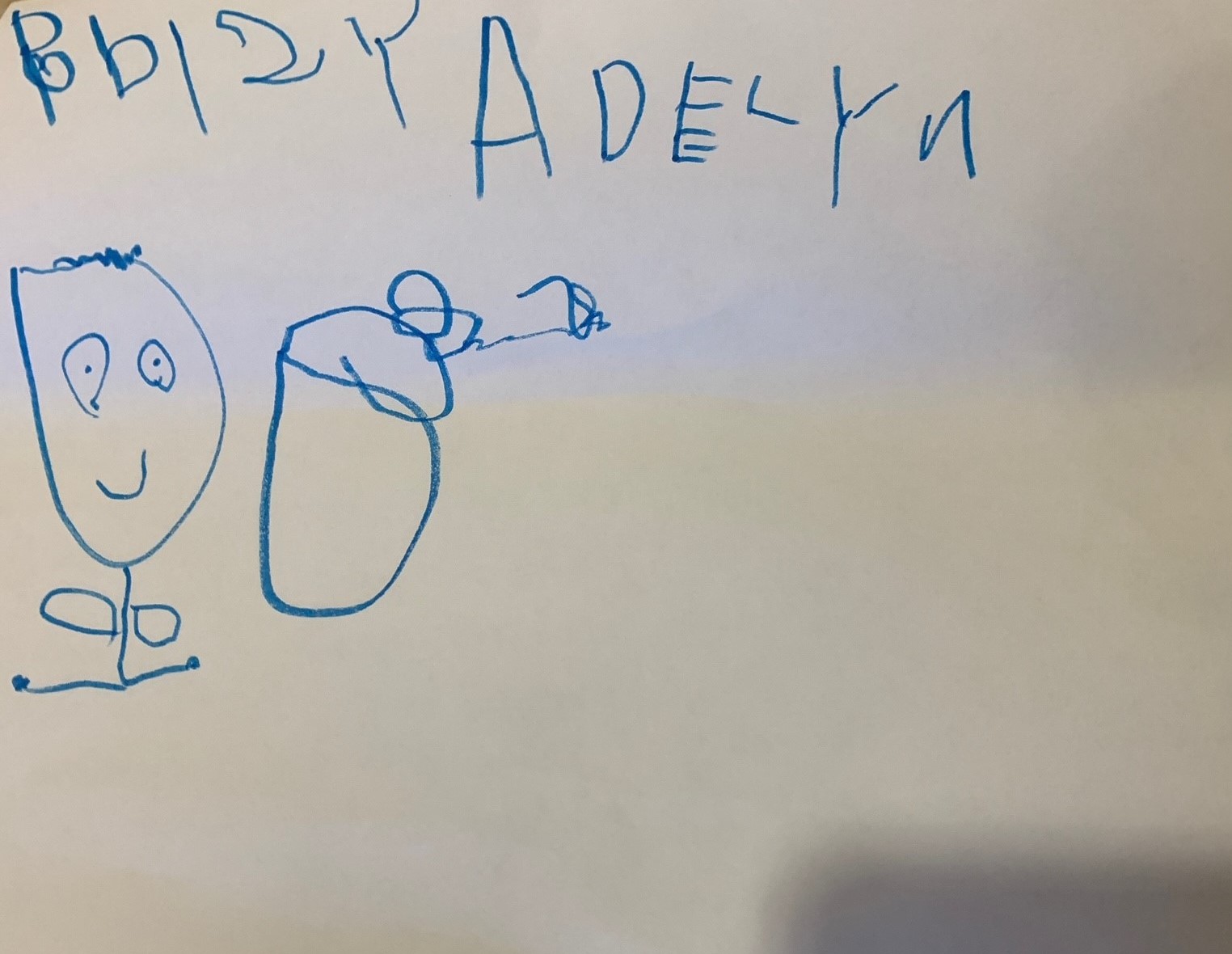
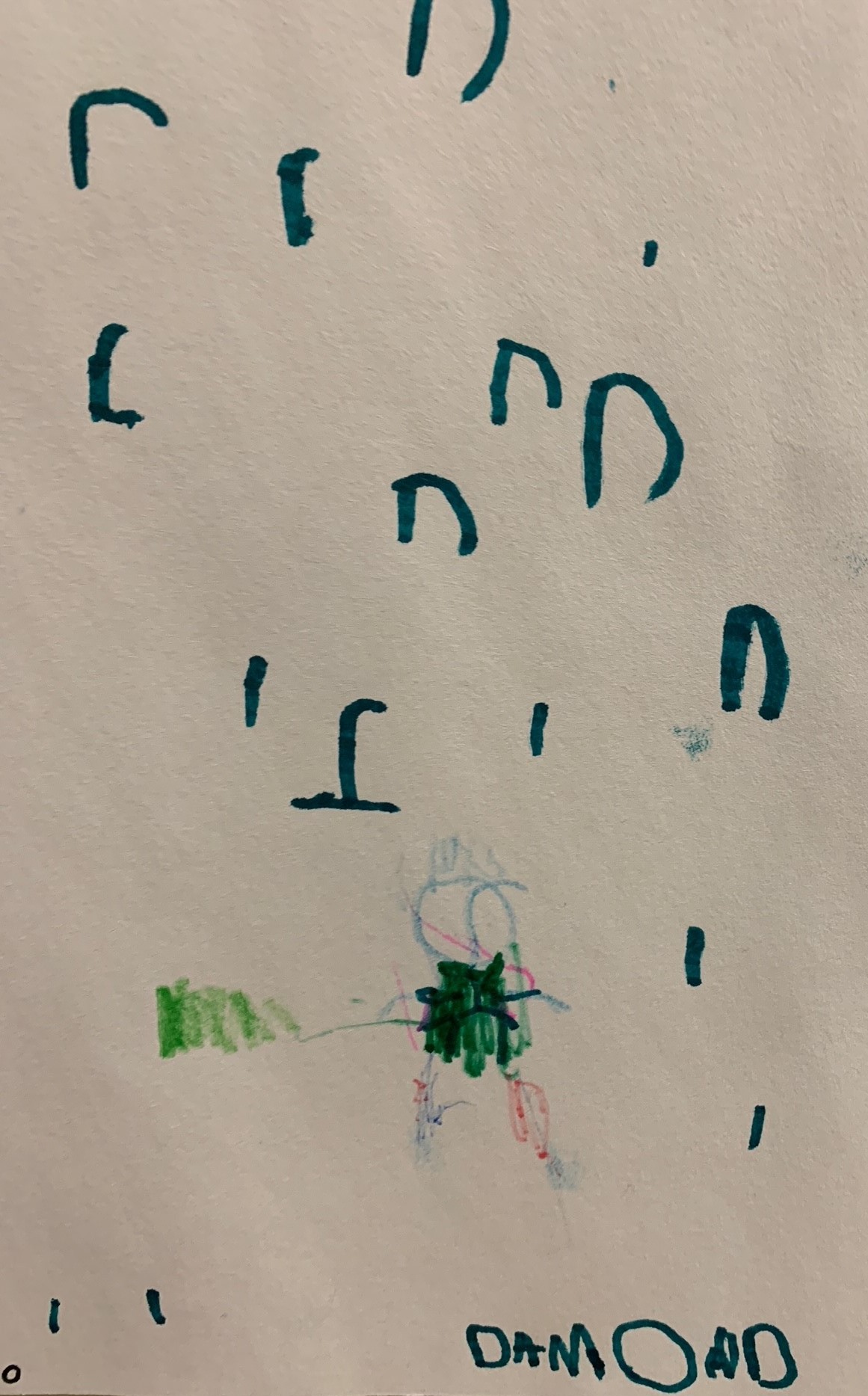
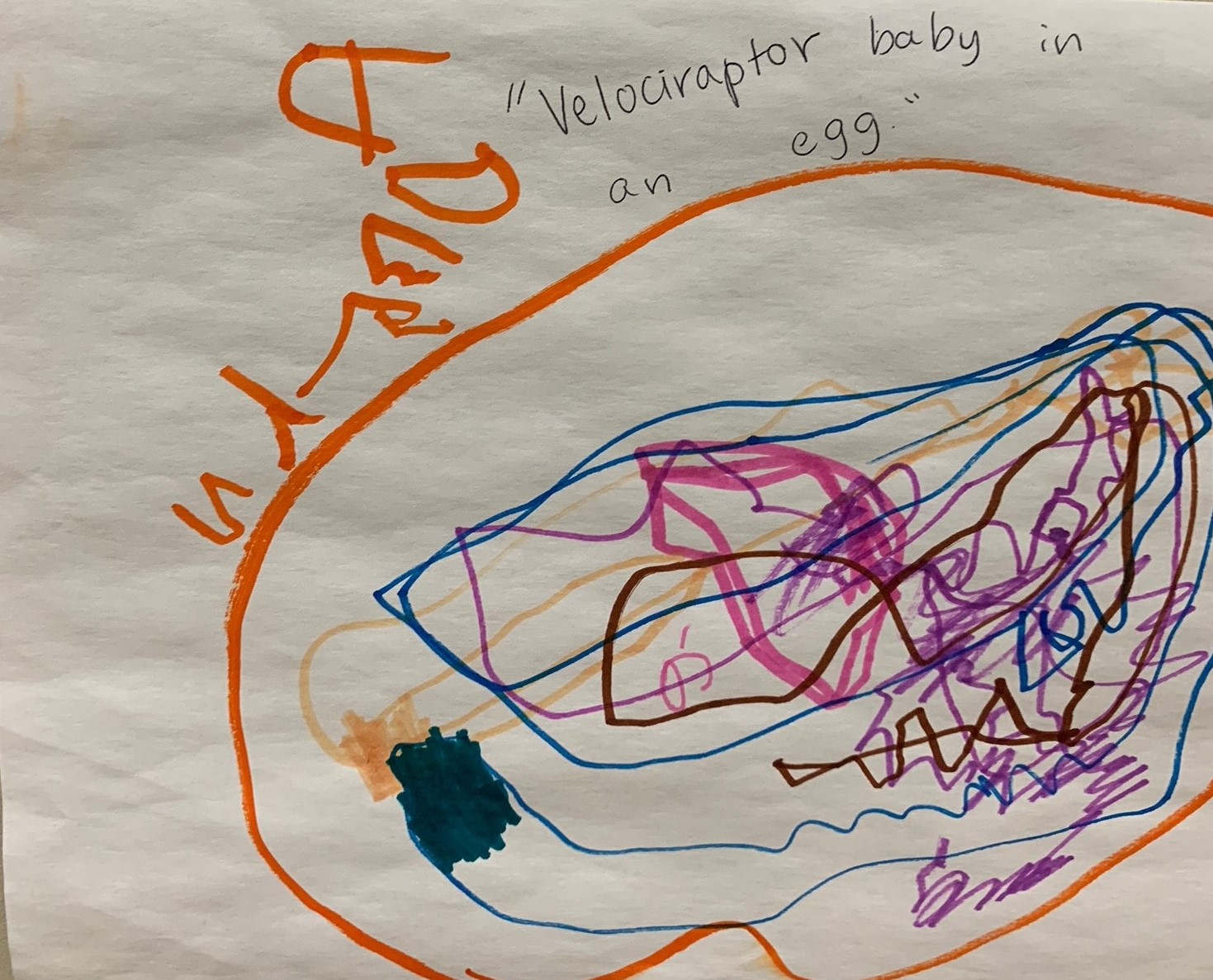
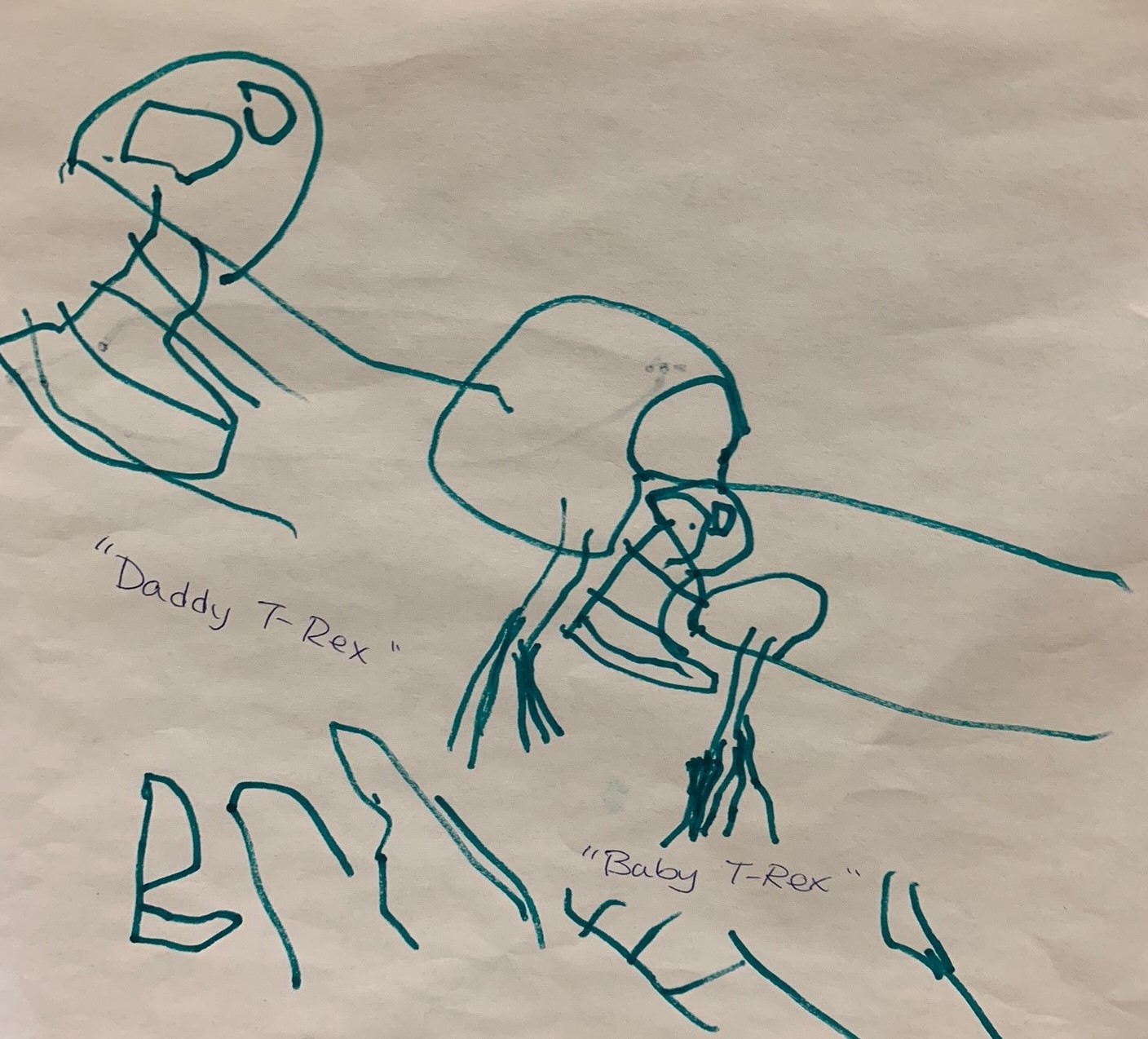
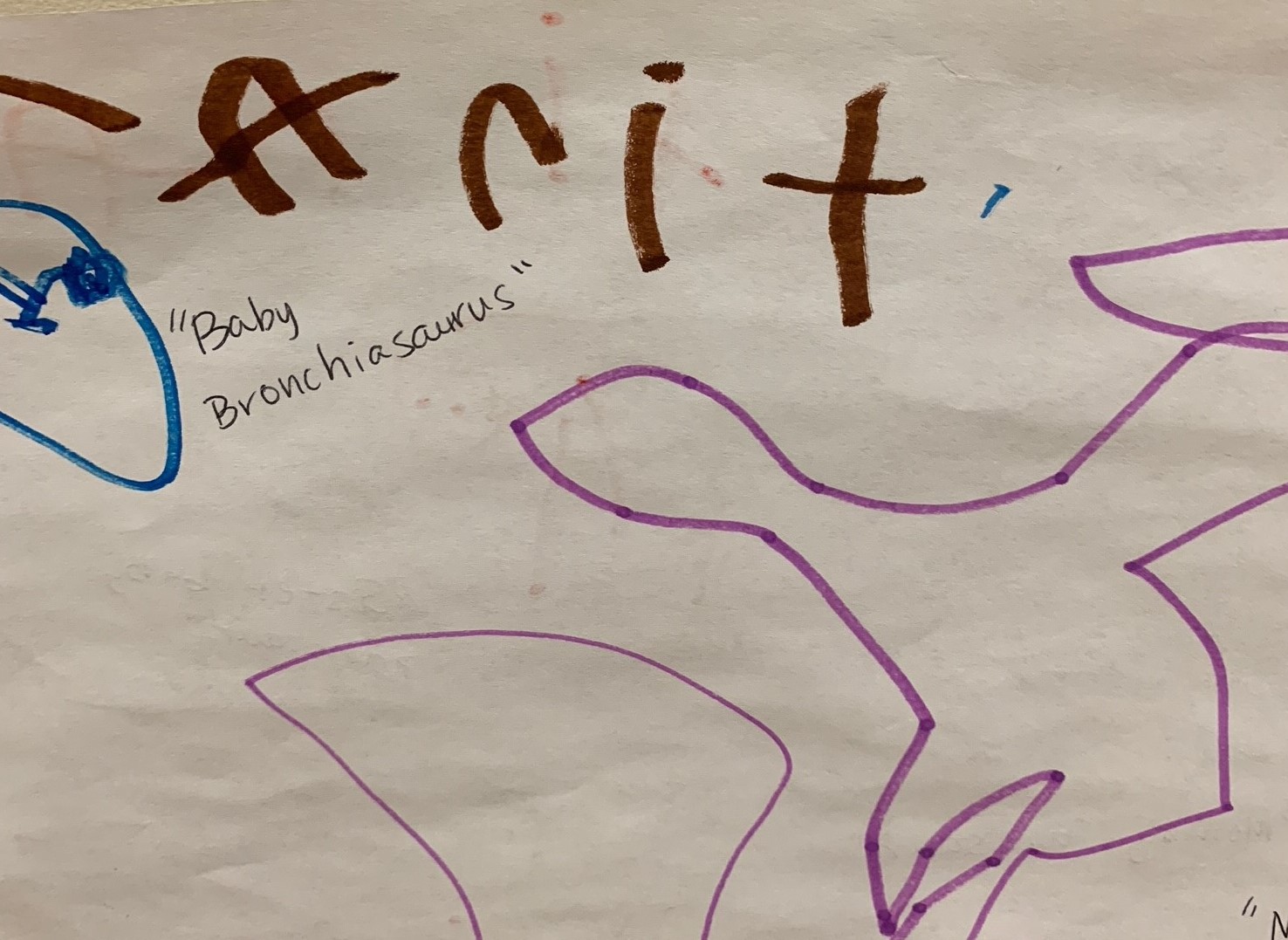
Why are emergent writing experiences so important?
Writing in preschool, including name writing, predicts later reading, writing, and spelling ability (National Early Literacy Panel [NELP], 2008).
When writing, preschoolers have opportunities to:
- Have conversations and develop oral language skills as they share their ideas and record their messages.
- Build their identities as writers.
- Observe both peers and adults modeling the writing process.
- Use writing for a variety of purposes (e.g., making a grocery list, writing about personal experiences, expressing opinions).
- Develop concepts about print, such as print progress from left to right and top to bottom, and marks convey a message that can be read.
- Develop phonological awareness, which is the ability to recognize and manipulate spoken language, including rhyming words and breaking spoken language into smaller parts. For example, the word “sun” can be separated into individual sounds /s/ /u/ /n/.
- Develop alphabet knowledge by recognizing and identifying letters in print, names, and the environment.
- Practice making connections between letters and sounds as they work to translate their spoken messages into print.
10 Ways to support preschoolers’ emergent writing:
Provide daily opportunities for writing.
Model writing for children. Write in front of them. At home, have your child help send a text to a family member. At school, write a morning message on chart paper. Invite students to help you sound out portions of the message. The message could say, “Today is November 30, 2020. We will be working in the garden.” Share the pen with students giving them opportunities to write portions of the message.
Provide a variety of materials including a variety of papers in different sizes and colors, markers, pens, pencils, erasers, etc. However, providing materials alone will not ensure that children engage in writing. Adults must support children to increase their engagement in writing.
Sit down next to children and write alongside them.
Talk about what you are writing and how you are turning your spoken message into a written message.
Invite children to write their own messages. If necessary, provide ideas for writing.
Support children in making connections between sounds and alphabet letters. Reference alphabet charts, word walls, children’s names, etc. to support children in making these connections.
Accept all writing produced by children. This means, if a child makes a squiggly shape on the page, points to the shape, and reads a message, you recognize that they have just written a message on the page. This is an example of emergent writing! The child makes marks and reads the marks. They are a writer. Praise them for their writing!
Invite children to read their messages. This reinforces the idea that written messages have meaning.
Encourage children to read their messages to others including classmates and family members.
As teachers and parents, it is crucial that we provide opportunities for preschoolers to engage in daily writing. Every experience writing provides potential opportunities to develop critical literacy skills that are necessary for future literacy success.
Accept all writing produced by children. This means, if a child makes a squiggly shape on the page, points to the shape, and reads a message, you recognize that they have just written a message on the page. This is an example of emergent writing! The child makes marks and reads the marks. They are a writer. Praise them for their writing!
Reference:
National Early Literacy Panel. (2008). Developing early literacy. Report of the National Early Literacy Panel. A scientific synthesis of early literacy development and implications for intervention. Jessup, MD: National Institute for Literacy.
Written by:
Laura Piestrzynski, PhD
Laura Piestrzynski, PhD is an Assistant Professor of Early and Elementary Literacy at Louisiana State University. She earned her bachelor’s degree and master’s degree from the University of Illinois. Dr. Piestrzynski earned her doctoral degree in Teaching and Learning at Vanderbilt University. Prior to entering academia, she worked as an early childhood educator in the Saint Louis Public School District and the Chicago Public School District for twelve years.
Dr. Piestrzynski’s research focuses on early literacy, specifically teachers’ supportive practices for emergent writing, differentiated support for emergent writers, and how teachers make decisions for providing support to young writers.
